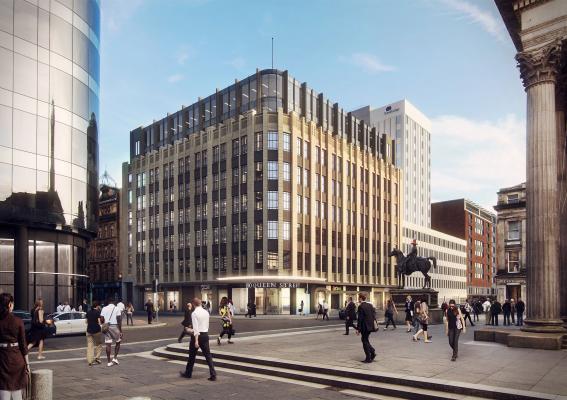Commercial Mediation in Practice-CPD at Lindsays Solicitors
Four Models of Mediation and their practical application in Commercial Mediation in Scotland
I was delighted to be invited by David Armstrong Solicitor and Litigation Partner at Lindsays solicitors in Glasgow to provide a CPD presentation on commercial mediation in practice from their Glasgow office and video linked to their Dundee and Edinburgh offices simultaneously.
Lindsays have been embracing commercial mediation, recently settling a significant personal injury case involving a number of loss of society claims and also having recently resolved a commercial litigation, both using mediation. As David himself says, commercial mediation is a significant part of the future for dispute resolution. I agree and would comment that it is very much in the interest of all solicitors’ clients too, providing as it does the reality of direct client involvement and potentially a much faster and cheaper resolution of legal disputes.
I felt it was important to introduce David’s litigation team, comprising personal injury and commercial litigation specialists, to a bit of the theory that underpins how mediators actually practice in commercial mediation and why we do what we do. To that end, I introduced them to four models of mediation: Transformative, Facilitative, Strategic/Directive and Evaluative. Thereafter the presentation focused strongly on what actually happens in practice- including the pre-mediation meeting phase which is crucial- and thereafter on the mediation meeting itself. I also did all that using anonymised anecdotes.
I was very pleased to have an interactive audience who asked pertinent questions and were engaged. It was a pleasure to meet John Bett, Partner and his colleague Brian Pollock, Senior Solicitor and to hear their reflections on the experience of commercial mediation. Brian commented that parties can find that mediation gives them a voice, allowing them to personally give their account of the dispute and for that account to be heard by the other party. This can. in turn, make it easier for that party to embrace the idea of resolving the dispute at that stage. Additionally, the rendering of an apology seems to help generate impetus towards a settlement. This was contrasted with the fact that proofs don’t run (as solicitors most of us don’t want them to, because of the risk element) and therefore clients lose the opportunity to have a voice and be heard. It was also contrasted with the fact that in court litigation, most settlements are on a without admission of liability basis and apologies are rarely proffered.
John commented on the fact that because a client is there at the mediation and is personally and directly engaged in the settlement negotiations, he is more likely to buy in to the settlement outcome and less likely to wonder after the event if the settlement could have been better. He contrasted that with the telephone conversation between a solicitor and the client, where the former proffers advice and the client then accepts an offer, but can potentially question it later. I opined in response that commercial mediation gives clients that positive direct role and is less likely to lead to clients suffering from ‘buyer’s remorse’ or raising a complaint. A win-win for all concerned.
It was good also to meet Jonathan Cornwell again, an old acquaintance and friend from the legal world and a very able peer, who specialises in personal injury litigation. In the Q&A he highlighted the fact that pre-trial meetings in personal injury cases often break down and wondered if the presence of a mediator at them might assist in avoiding that? My answer was, of course, that is one of the significant roles a mediator undertakes-to stop personality clashes between solicitors, or their counsel on opposing sides and to keep people focused on resolution of the dispute and their clients’ interests. Mediators help both parties move away from posturing or positions and move parties on to addressing their real underlying interest-which, on both sides, is inevitably resolution and settlement. Mediators help people in those circumstances address their risk and their weaknesses-but they also help parties to establish whether there is a ZOPA, a zone of possible agreement. Both parties will have a range in which they consider settlement could be reached-if those ranges overlap, then there is a ZOPA. Mediators can help parties to realise that through shuttle negotiation, and they can stop people walking away and help break any impasse that arises.
It was heartening for me to hear stories of positive mediation experience from litigation lawyers and also to hear the ponderings about how mediation could be used to help assist clients have a better outcome from legal disputes and litigation. It isn’t an either or- litigation and mediation coexist and can work well in tandem.
Commercial mediation is on the up-and it’s important that we use all the tools in our armoury. If you want me to come and talk to your firm about commercial mediation and its practice, please get in touch on paul@mncrs.co.uk or 07788 10 1280.
There is no charge and I am happy to come to you.
Paul Kirkwood Director, Mediation, Negotiation and Conflict Resolution Services (MNCRS) Litigation Solicitor and Commercial Mediator
LLB (Hons), Diploma in Legal Practice, LLM (Merit) Mediation and Conflict Resolution
Event held on on 4 September 2018
